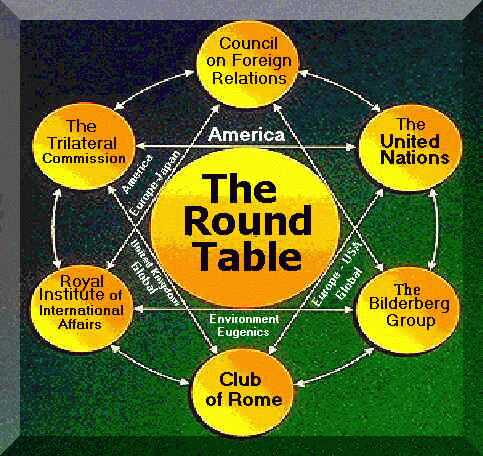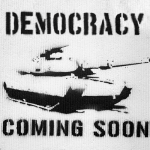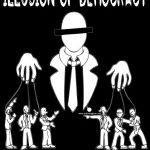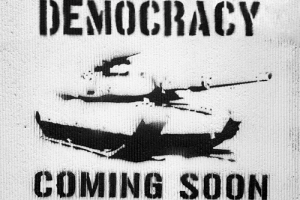 For many years conventional wisdom has said that the whole world is controlled by the monied elite, or more recently by the huge multi-national corporations that seem to sometime control the very air we breathe. Now, new research by a team based in ETH-Zurich, Switzerland, has shown that what we’ve suspected all along, is apparently true. The team has uploaded their results onto the preprint server arXiv.
For many years conventional wisdom has said that the whole world is controlled by the monied elite, or more recently by the huge multi-national corporations that seem to sometime control the very air we breathe. Now, new research by a team based in ETH-Zurich, Switzerland, has shown that what we’ve suspected all along, is apparently true. The team has uploaded their results onto the preprint server arXiv.
Using data obtained (circa 2007) from the Orbis database (a global database containing financial information on public and private companies) the team, in what is being heralded as the first of its kind, analyzed data from over 43,000 corporations, looking at both upstream and downstream connections between them all and found that when graphed, the data represented a bowtie of sorts, with the knot, or core representing just 147 entities who control nearly 40 percent of all of monetary value of transnational corporations (TNCs).
In this analysis the focus was on corporations that have ownership in their own assets as well as those of other institutions and who exert influence via ownership in second, third, fourth, etc. tier entities that hold influence over others in the web, as they call it; the interconnecting network of TNCs that together make up the whole of the largest corporations in the world. In analyzing the data they found, and then in building the network maps, the authors of the report sought to uncover the structure and control mechanisms that make up the murky world of corporate finance and ownership.
To zero in on the significant controlling corporations, the team started with a list of 43,060 TNCs taken from a sample of 30 million economic “actors” in the Orbis database. They then applied a recursive algorithm designed to find and point out all of the ownership pathways between them all. The resulting TNC network produced a graph with 600,508 nodes and 1,006,987 ownership connections. The team then graphed the results in several different ways to show the different ways that corporate ownership is held; the main theme in each, showing that just a very few corporations through direct and indirect ownership (via stocks, bonds, etc.) exert tremendous influence over the actions of those corporations, which in turn exert a huge impact on the rest of us.
The authors conclude their report by asking, perhaps rhetorically, what are the implications of having so few exert so much influence, and perhaps more importantly, in an economic sense, what the implications are of such a structure on market competitiveness.
More information: The network of global corporate control, Stefania Vitali, James B. Glattfelder, Stefano Battiston, arXiv:1107.5728v1 [q-fin.GN]http://arxiv.org/abs/1107.5728
Abstract
The structure of the control network of transnational corporations affects global market competition and financial stability. So far, only small national samples were studied and there was no appropriate methodology to assess control globally. We present the first investigation of the architecture of the international ownership network, along with the computation of the control held by each global player. We find that transnational corporations form a giant bow-tie structure and that a large portion of control flows to a small tightly-knit core of financial institutions. This core can be seen as an economic “super-entity” that raises new important issues both for researchers and policy makers.
source: physorg.com












Adauga comentariu